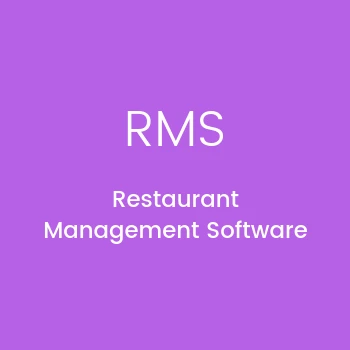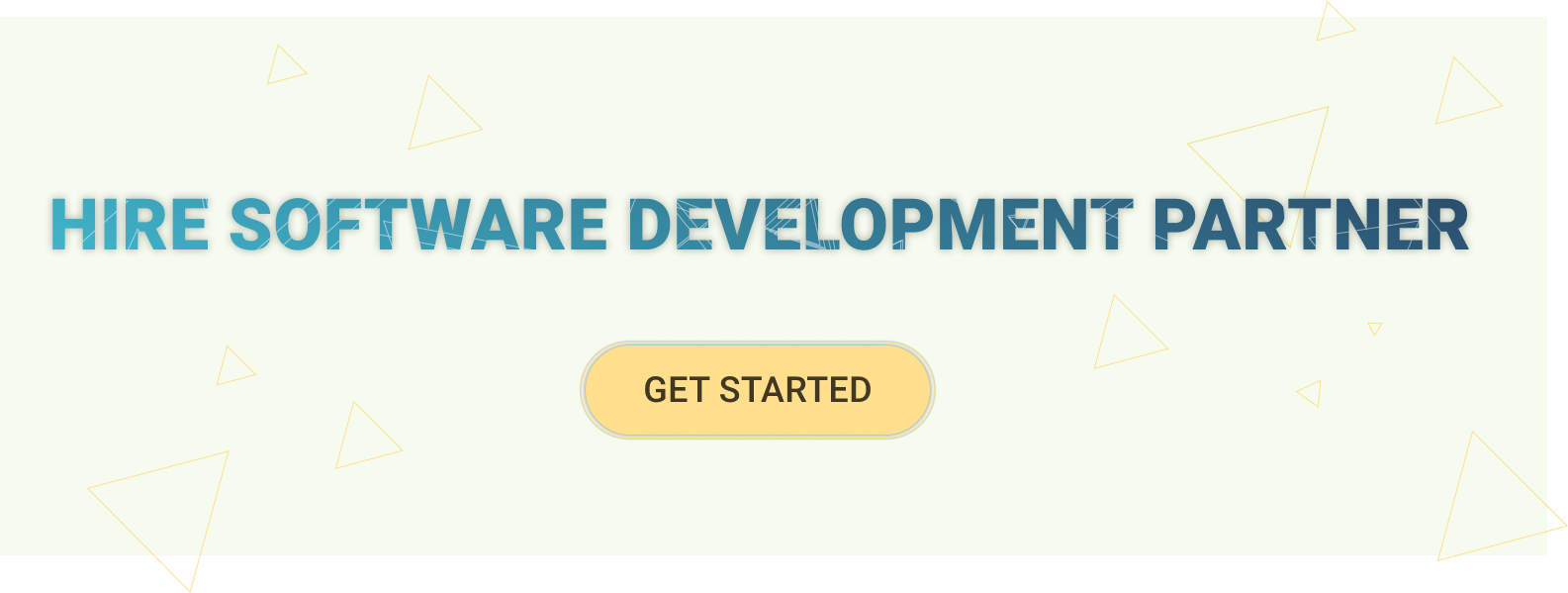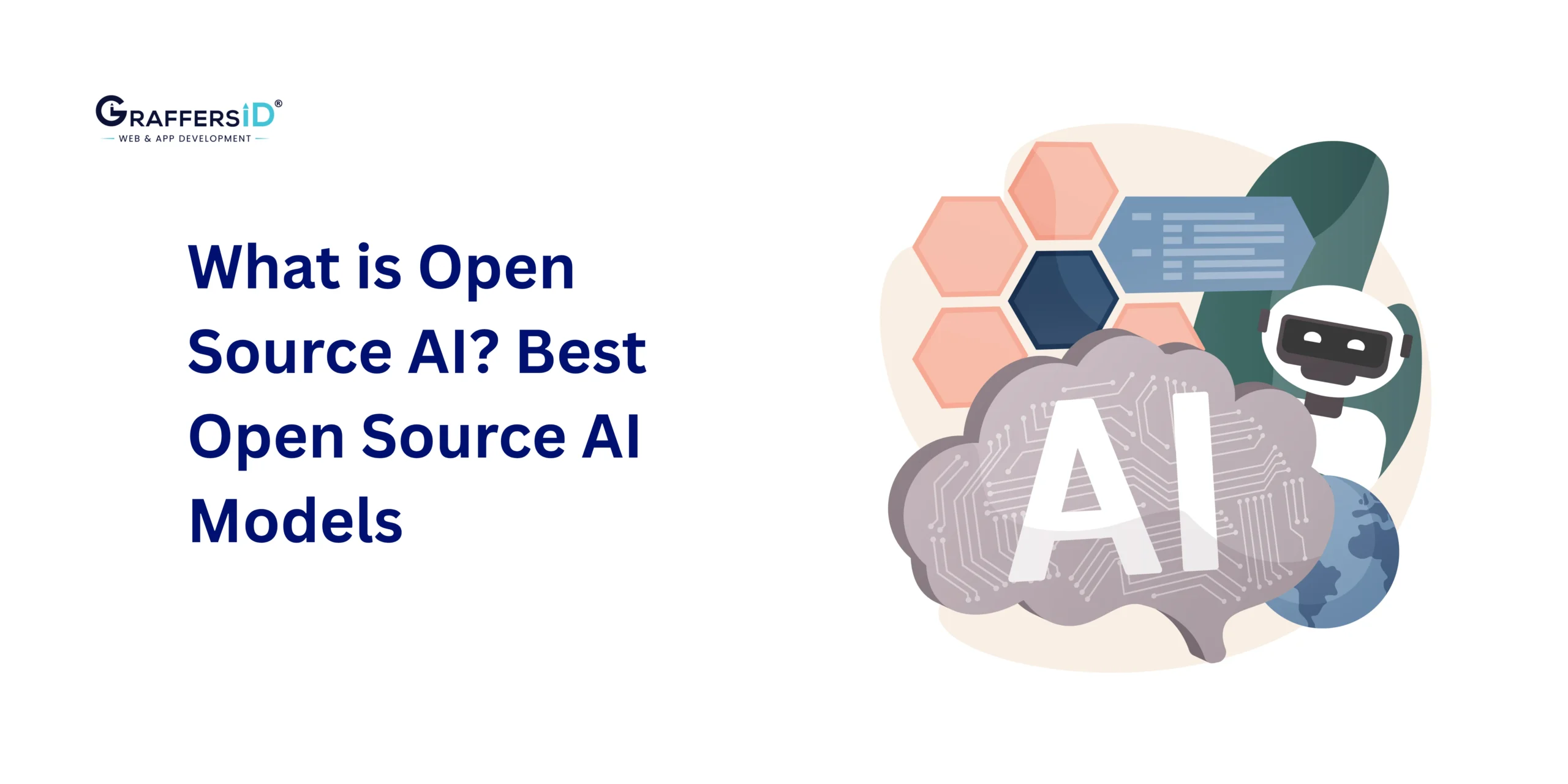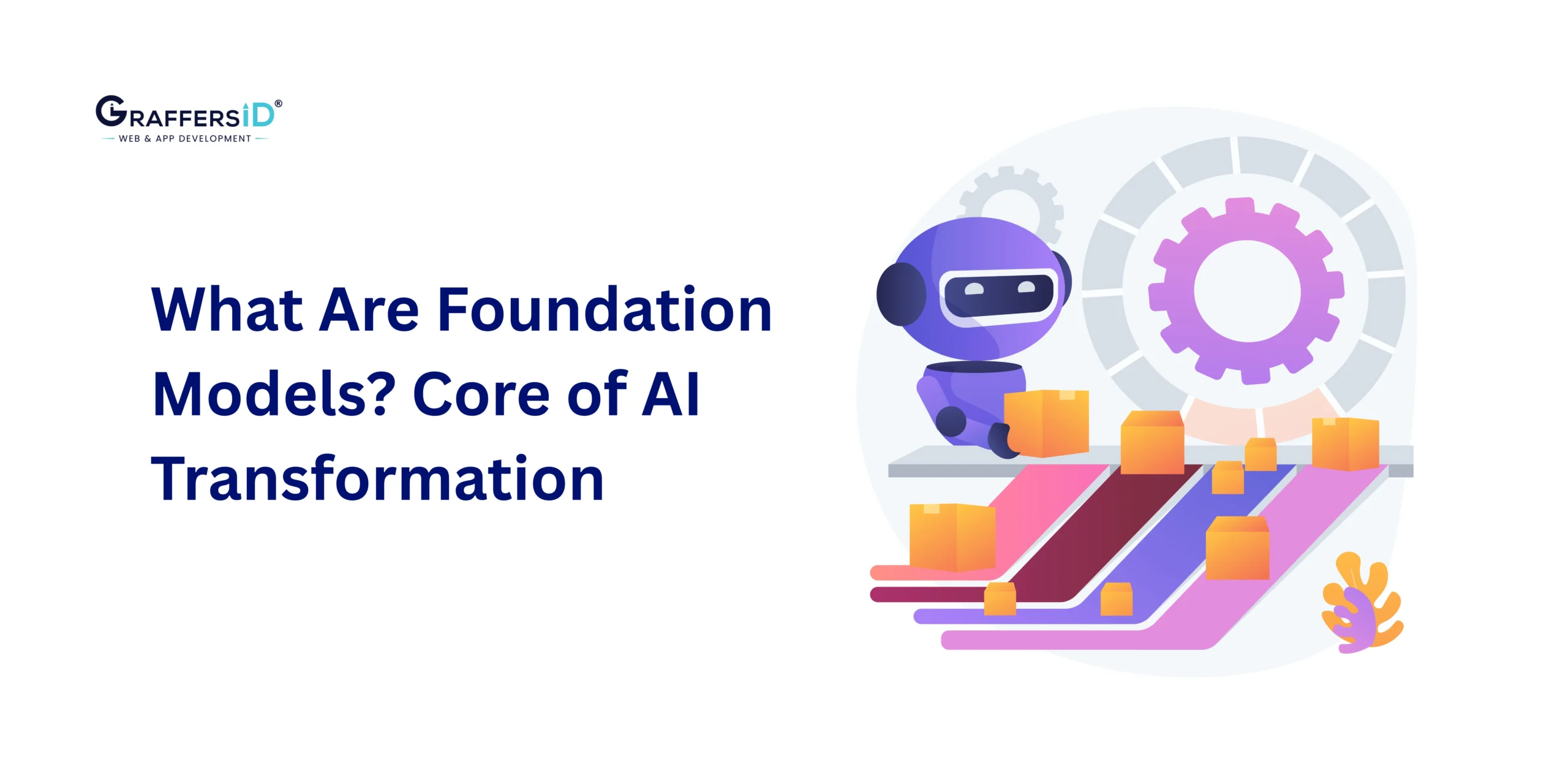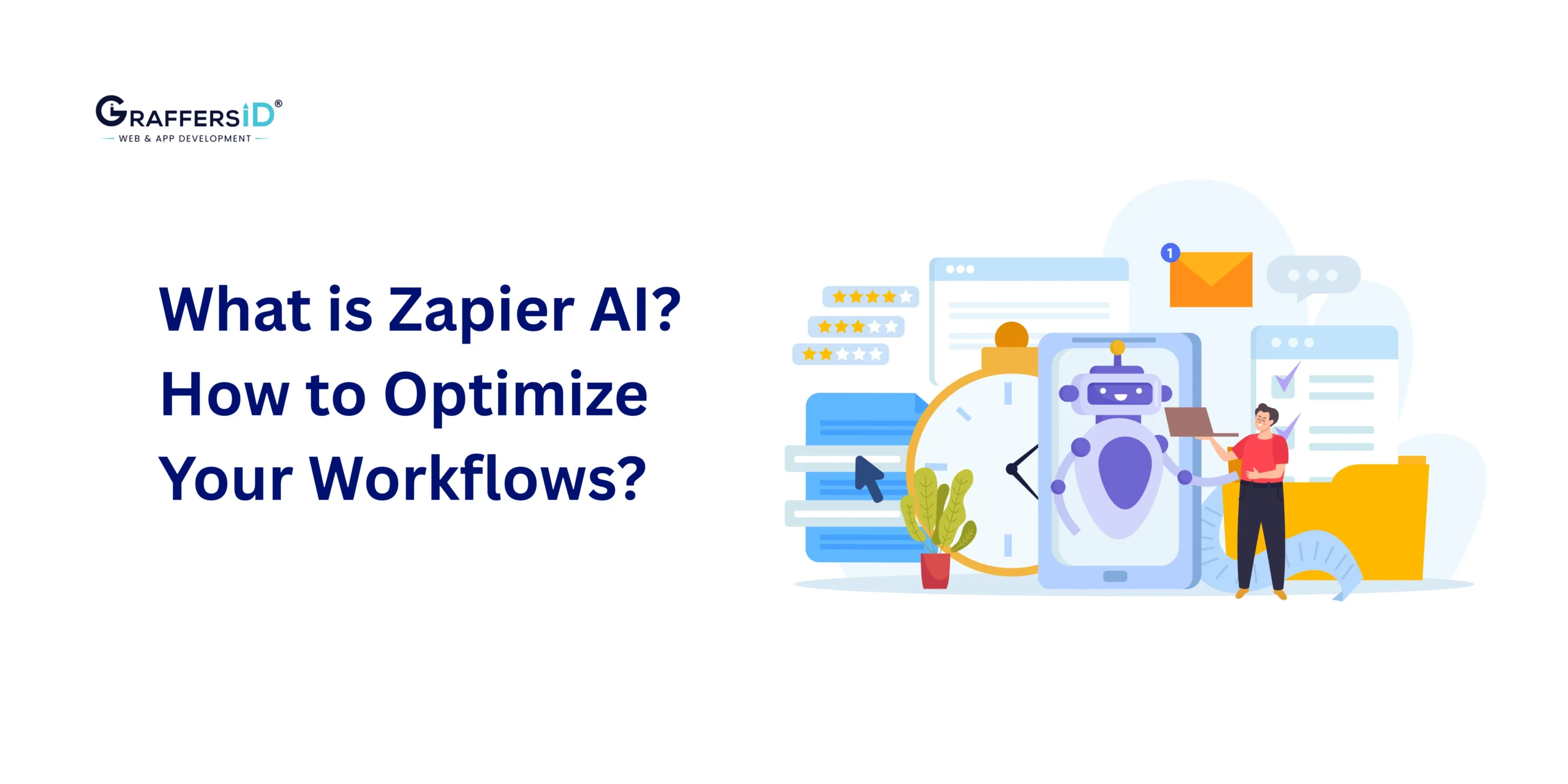Restaurant Management software helps the restaurant to save money, find additional sources of revenue, manage Inventory, exact profit/loss analysis per dish. And give customers the option to digitally view the menu and order the food of their choice. The order is then received in the kitchen. The chiefs can mark the order as received and give waiting time to the customer. which enables a countdown on the customer app. Chef can choose to enable the live streaming of the give live streaming of the food that is being cooked. And mark the order as “Cooked” when completed.
Traditional Restaurants have a tedious process of taking orders, and a high cost in terms of losses and management. To target, all the audiences involved in the lifecycle of taking an order to deliver it successfully on the customer table this Restaurant Management Software is designed
3 Parts of the Restaurant Management Software:
-
Admin:
Admin is the restaurant owner, he has complete control and can add more roles like Chefs and staff members. The admin only can restrict all the analytics and edit privileges. In a way to focus majorly on the revenues from the business and track expenses, the admin dashboard is designed which helps to understand what is profit-making and what is not.
-
Kitchen App:
The chef of the restaurant will control the kitchen app. And are involved in the day to day activity like taking an order, marking it as complete and managing the inventory. Every time a customer places the order, the Kitchen App will reflect it immediately on the dashboard with a call to action like Accept / Reject / Put ETA / Start Live Streaming of the dish.
-
Customer App:
Customer App is focused on deprecating the need of having more staff to keep the guests of the restaurant attended all the time. With the Customer app, the guests become digitally attended with way more features and capabilities than a human attendee. The App gives the guests complete freedom to order their own food. And find the dishes that they would like while sitting in the restaurant.
Know about what is a software development life cycle?
Problems with traditional processes:
-
High labor cost
On an average 1 manager can handle 3 tables simultaneously. While you need waiters who constantly do back and forth between the kitchen and the table to get dishes or order updates. Hence creating redundancy in the work environment and chaos in the restaurant on a busy day.
-
Missing out on placed order
Chefs have to inform the same to the waiter who can then carry the dish to the respective table once the order is placed. This is again a time consuming and dependent process which is a traditional process and can leverage technology.
-
Managing the Orders per table
Another major cost to any restaurant is improper management of the orders. More than the financial loss it could cost a restaurant their loyal customer base. According to the surveys, a bad experience is a major reason for customers to switch restaurants.
-
Handling order iterations
Taking the order and communicating the same to the chef or the kitchen team involves time and effort. Before finishing the meal there should be at least 3-4 rounds of orders that are placed on each table. This could make the complete experience hectic for the management team. As an alternative establishment increases the staff which results in more labor costs.
Features of Restaurant Management Software :
1. Digital Menu Management:
Each restaurant can create their own menu and easily manage it on time to time basis. They can choose to manually edit/add each item or simply upload an excel sheet in the predefined format to create the menu in bulk.
No need to reprint the menu for all the tables. Chefs can experiment as much as they like and come up with a trademark dish for the restaurants.
2. Self-assistance to place the order:
The customer can view the dishes and read in-depth about the ingredients. Customers can even choose filters or search option to find dishes with specific ingredients. Going a step forward we can even show the cooking steps and having an audio description of the dish which can help in convincing them.
This deprecates the need for the customer having to wait for any kind of assistance. They can easily experiment with unfamiliar dishes based on the given information. It saves time and encourages customers to try new dishes without hesitation.
3. Send Order directly to Kitchen:
As soon as the customer places the order, the kitchen receives it immediately. The Chef can then accept the order to mark his acknowledgment.
The customer doesn’t need to wait for the managers or the waiters to explain or take the order. Hence the employees can use their time in more productive things.
Want to know how to choose the right Software Development Partner
4. Multiple Payment options:
With the app, the customers can choose to pay as per their convenience ranging from Offline Payment, Debit card, Credit card, UPI, Net Banking, 3rd party Payment Gateways, or other integrated wallets.
5. Increasing awareness of new products and Offers:
Since there is no need to reprint the menu. The restaurants can easily showcase their top-selling products, seasonal specialties, and Chef’s Specialties. Hence they can guide the customers and help them in trying new dishes. That has the potential to make them loyal customers.
6. An additional source of revenue:
Restaurants can become even more creative to use Branding and Marketing services within the app to have an additional source of revenue. Let’s say there is some ice-cream brand who wants to highlight their product or company logo in the Dessert section. The restaurant can charge a monthly amount for such ads.
Since the Ads are so suttling in placement the audience hardly realizes it and yet the sales can rises. On average, it can serve to generate up to 20% of additional revenue if used properly and can raise the sales for the specific product by 35%.
7. Cost and Inventory Management:
The restaurant is an industry where on a daily basis the items are brought and consumed in bulk. To maintain strict quality standards, the restaurants need to keep a constant check on the inventory. Likewise, it’s important to keep a check over things. Some item perishes faster than the others and some items are consumed more than the others.
Invoices and taxes can be easily manageable. The Restaurant Management Software can do the calculations and give a detailed result set which can save a lot of time and effort.
8. Analytics:
Your sales and inventory data could reveal way more than you are thinking. The cross-relation of the transactions and the orders can produce some really interesting statistics for the restaurant owners. What the owners have been seeing as a profit-making recipe may turn out not to be.
While an average selling product could be the product with the highest returns. It helps restaurants rearranging their priorities and targeting the right audience with the right product at the right time to get the best numbers on the sheet.
Conclusion:
The restaurants are an ever-growing industry. Since it serves one of the basic necessities of human survival. And with the new automation like serving robots, receptionists and counter managers. It is imperative that the next boom is in making them more and more independent shopping experience with minimal human intervention.
However, in the current industry and as a development company, there are some tested strategies that work great. It is our role to preserve those small behaviors and techniques to convert customers and turn them into a loyal base.
